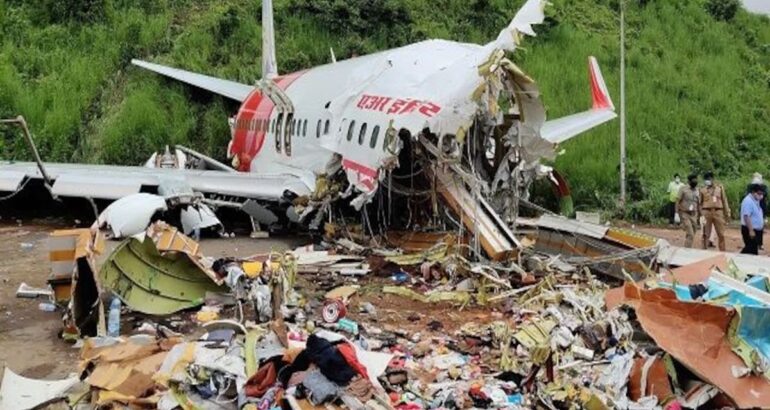A preliminary investigation into the tragic Air India Boeing 787 crash that killed 270 people has identified a critical mechanical failure in the captain’s seat as the primary cause of the disaster.
According to the initial findings, the locking mechanism of the pilot’s seat malfunctioned during takeoff, causing it to abruptly slide backward. This sudden movement inadvertently pulled the throttle levers into the “idle” position, drastically reducing engine thrust just seconds after the aircraft lifted off.
The co-pilot struggled to take control, but the captain’s reclined position reportedly blocked access to essential controls, limiting the chances of recovery.
“Within seconds, the aircraft lost lift and crashed into a nearby building housing medical workers,” the report stated.
Flight data and cockpit voice recordings detail a rapid chain of events:
- +12 seconds: Captain’s seat slides backward
- +15 seconds: Co-pilot shouts, “We’re losing thrust!”
- +26 seconds: Aircraft stalls at just 214 feet above ground
The report also highlighted serious gaps in emergency systems and safeguards. Notably, the aircraft failed to issue automatic “GO-AROUND” or “STAB TRIM” alerts. Additionally, the Boeing 787’s throttle design lacked built-in safety mechanisms such as weight-sensitive lockouts or protection against accidental reverse thrust.
In response, aviation regulators around the world have moved quickly. The U.S. Federal Aviation Administration (FAA) and the European Union Aviation Safety Agency (EASA) have mandated immediate inspections of pilot seats on all Boeing 787 aircraft.
Air India has grounded 12 aircraft that share similar maintenance records, and Boeing has committed to a complete redesign of the pilot seat mechanism, with implementation planned by 2026.
The crash resulted in 270 fatalities, including passengers, crew, and individuals inside the building hit by the aircraft. A British national, the sole survivor, is currently undergoing treatment.
The final investigation report is expected in July 2025. Authorities have promised sweeping reforms to inspection procedures and flight safety protocols to prevent future tragedies.


